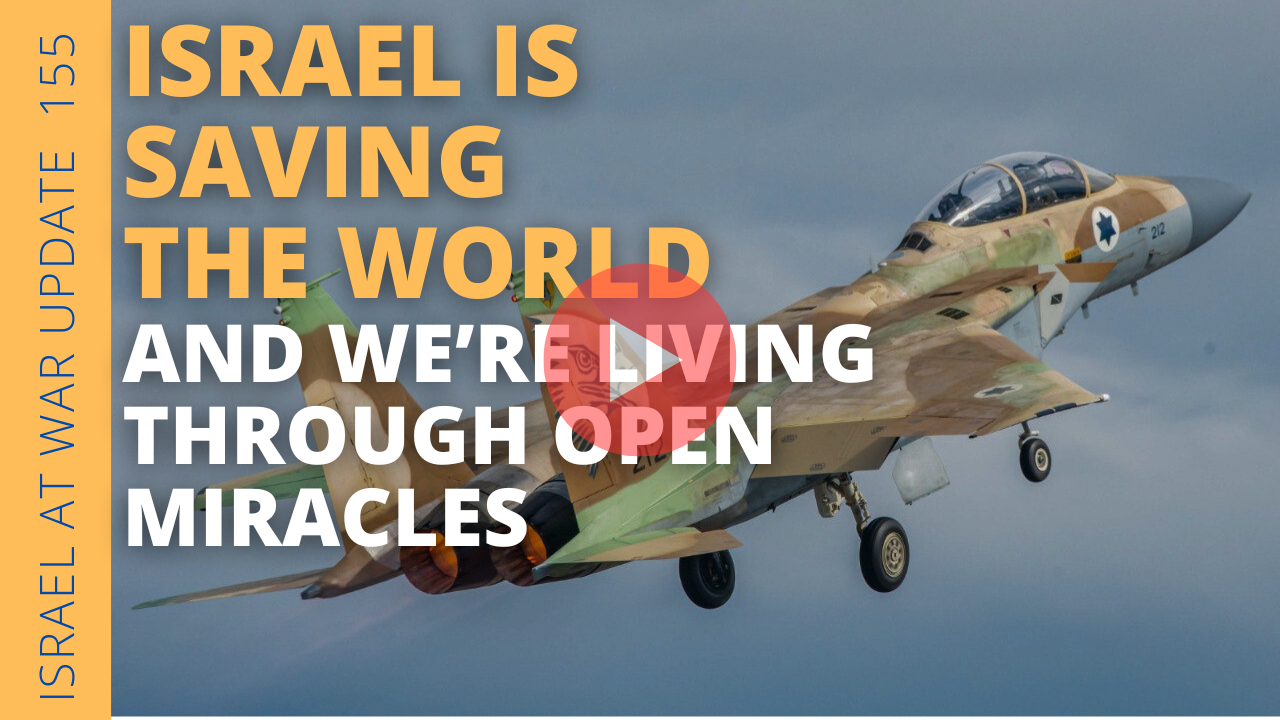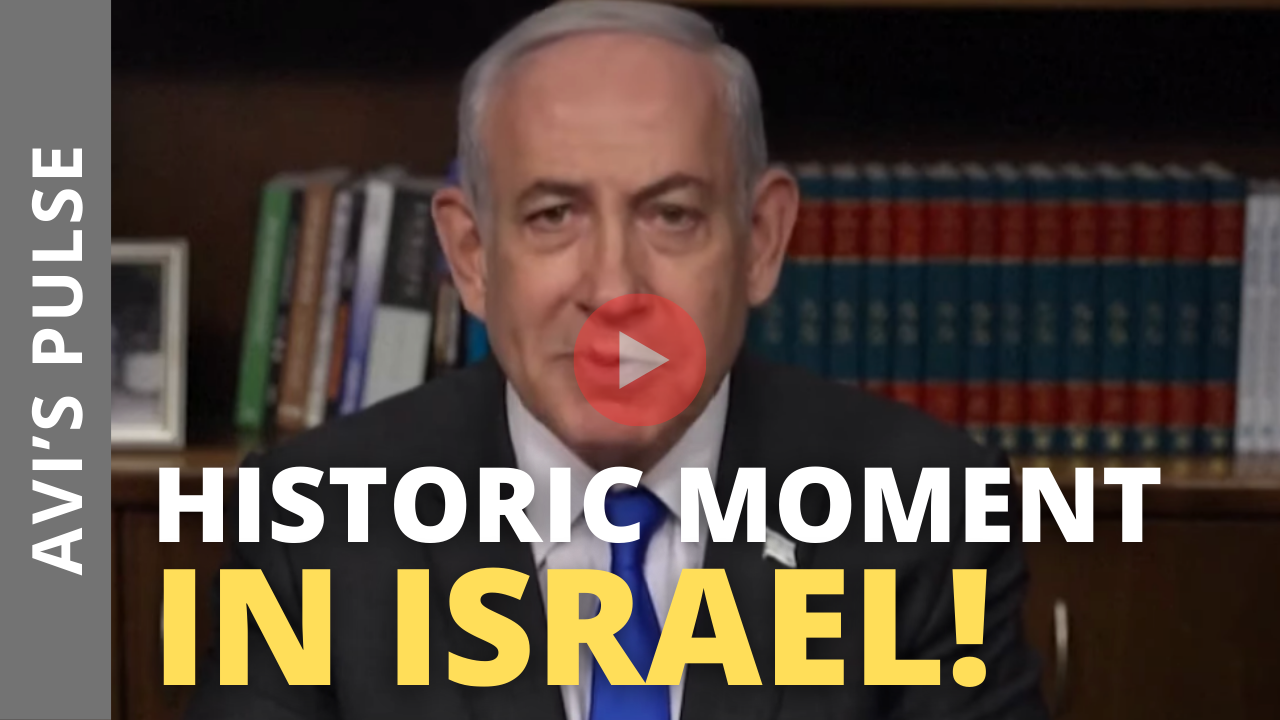Ryan Mauro of the Clarion Project clearly explains how there exists today yet another “cold war” in the Middle East. He labels it an Iron Curtain, like Winston Churchill labeled the barrier between the East and the West that the Soviet Union built up following World War II. This is Ryan’s definition of the New World Order that has developed in the years that followed the fall of the Soviet Union.
He is absolutely correct that there are different sides within the Middle East that have taken sides. However, to say that the Arab countries are all basically aligned together in some form of a durable grouping is probably an overstatement.
Arab Civil Wars and Stability in the Middle East
Lebanon, Syria, Iraq, Egypt, Tunisia, Libya, and Iran have all seen there share of in-fighting over the decades. Nearly every leader of every one of those countries is a dictator who overthrew a previous dictator. It is rare that any Middle Eastern country holds onto a stable leadership in a peaceful way for more than a decade or two. This factor needs to be remembered whenever any form of a “peace” agreement is discussed. In the Middle East, no agreements last very long. None are truly permanent.
That is why Ryan Mauro is correct in assessing that things have truly changed in the Middle East in a profound way over the last few decades. But we should not lend too much credence to any specific agreements that have been made recently. The same countries that are friends one day can turn on each other in a matter of days. For that reason, the best insurance in the Middle East is not any specific agreement. It is a solid Army backed up by strategic positioning with the Superpowers that wield power over the smaller Middle Eastern countries.


 Whatsapp
Whatsapp





